The reason most diets fail is because they’re not sustainable. They may involve restricting calories, eliminating certain foods altogether, or a lack of education for how our bodies need to be fueled. While being mindful of caloric intake is crucial to meeting our health goals, what exactly is a calorie, and how much should we focus on them?
What is a calorie?
Simply put, a calorie is a unit of energy that we get from consuming food. Most diets require calorie tracking because burning more calories than you consume is a key to maintaining or losing weight.
How Many Calories Should I Consume?
The number of calories you eat daily will depend on your individual fitness goals. If you work at a desk all day, you’re burning fewer calories than someone with a more physically demanding job. If your typical weekend is full of recreational activities, you’re burning more calories than someone who spends their days off doing more sedentary activities. A way to overcome the demands of sitting all day for your job is to build muscle mass. When you build muscle mass the muscle utilizes the food you eat much more efficiently, and you can achieve and then maintain and continue to develop a lean and toned physique.
It is essential to have a custom nutrition plan so you can reach your fitness goal. Determining how many calories your body needs is the first step. There are scientific equations to this, but HERE is a body-weight planner calculator, which would be a good start, to know how many overall calories your body needs.
If you are serious about weight loss, body fat loss, and an overall body composition change, getting specific help for your diet and exercise plan is crucial. Not only do you need to eat the correct amount of calories, but you also need to eat the correct amount of macronutrient distribution (more on this below). Once you know what to feed your body and in what quantity, then things can become much easier and less confusing.
Cyclical dieting is not the answer. Fad diets will only send you further into frustration and confusion. Going back to the basics with correct science will help you so much, for the rest of your life.
Quantity vs Quality
Are you familiar with the phrase “empty calories?” When it comes to fueling the mind and the body, not all calories are created equal.
- Empty Calories – These are foods that have few nutrients per serving size. Examples include processed foods with added sugars and fats.
- Low-Calorie Foods – These are foods that have fewer calories per serving size. You can eat more of the food without adding to your overall calorie count. Low-calorie foods can have a decent nutritional value. Examples of these foods are more along the lines of whole foods, those which you can buy at the store in the produce department. These foods are what you want to fill the majority of your diet with. Examples are sweet potatoes, white potatoes, oats, rice, lean meats, vegetables, fruits
- High-Calorie Foods – These are foods with lots of calories in smaller serving sizes. High-calorie foods can have a low nutritional value (junk food), or a high nutritional value (healthy fats and whole grains). Anything you buy in the middle of the grocery store isles you’ll want to highly limit your intake. Those foods may taste good, but as you eat more whole foods (those found in the produce section) you will notice how they satisfy your body much more, and you will want those foods more over time, especially with a good exercise plan to go along with your amazing nutrition plan, that can be simple and learned to make a part of your daily life.
As you can see, with the fluctuating nutritional value of a calorie, simply counting them doesn’t always help you meet your fitness goals. You could hit your caloric intake for the day without getting all the nutrients you need to promote your overall health.
What are Macros?
Regardless of how many calories you consume daily, it may be helpful to break down those energy units even further. This is often referred to as counting macros. Instead of just monitoring the total number of calories, you can take a look at the macronutrients you’re consuming.
Macronutrients, or macros, are what make up a balanced diet. They consist of carbohydrates, proteins, and fats. Measured in grams, your unique nutrition plan determines the best ratio of macros to help you achieve your health goals.
Being aware of macros is a helpful tool, especially since it can help us unlearn the misconception that we need to eliminate certain types of foods from our diets in order to be healthy. Macros include fats and help us better understand what type of fat, and how much, is beneficial for us.
- Carbohydrates – Carbs deliver a burst of energy to our bodies. They are converted into sugar (also known as glucose) which can be used right away or stored for later. Complex carbs, such as vegetables and whole grains, not only provide energy but aid in digestion as well.
- Protein – Found in meats, nuts, and legumes, protein is vital for muscle growth. The amino acids in protein can help us recover from injuries and boost our immune system. A number of amino acids cannot be produced by our bodies, and they have to be sourced from food.
- Fats – Did you know fat is necessary for the absorption of vitamins? We also need fat for insulation, not just from cold temperatures, but for organ protection as well. Fat also supports cell growth and hormone production, making it an essential nutrient to include in our diet.
How Do I Count My Macros?
Much like determining how many calories to consume, it varies based on the individual. When counting macros, it’s important to know the following:
- Each carb has four calories per gram
- Each protein has four calories per gram
- Each fat has nine calories per gram
Depending on your health goals, your macro count will vary. Here’s a good starting point to help you understand the breakdown.
- 45% – 60% of your diet should be carbs
- 20% – 35% of your diet should be fats
- The rest will be comprised of protein
- Good starting point for leaning down and gaining muscle: 30% protein, 50% carb, 20% fat
The reason we want the majority of our fuel to come from carbs is that they’re the easiest for the body to convert into usable energy. Carbohydrates are essential for healthy brain function and carbohydrates also get stored as glycogen in the muscles- which will help you to have more strength/energy when you’re working towards muscle growth and heavy lifting in the gym. Working with a nutritionist can help you analyze what helps your body perform its best. You don’t have to completely eliminate carbs when counting macros, which can make it easier to maintain this healthy lifestyle choice.
What it all boils down to is that counting, restricting, or obsessing over calories isn’t the key to a healthy lifestyle. We need to understand the type of fuel we’re giving our body, and how it is responding to those nutrients.
For additional questions or concerns regarding your own personal health and fitness, contact us today.








